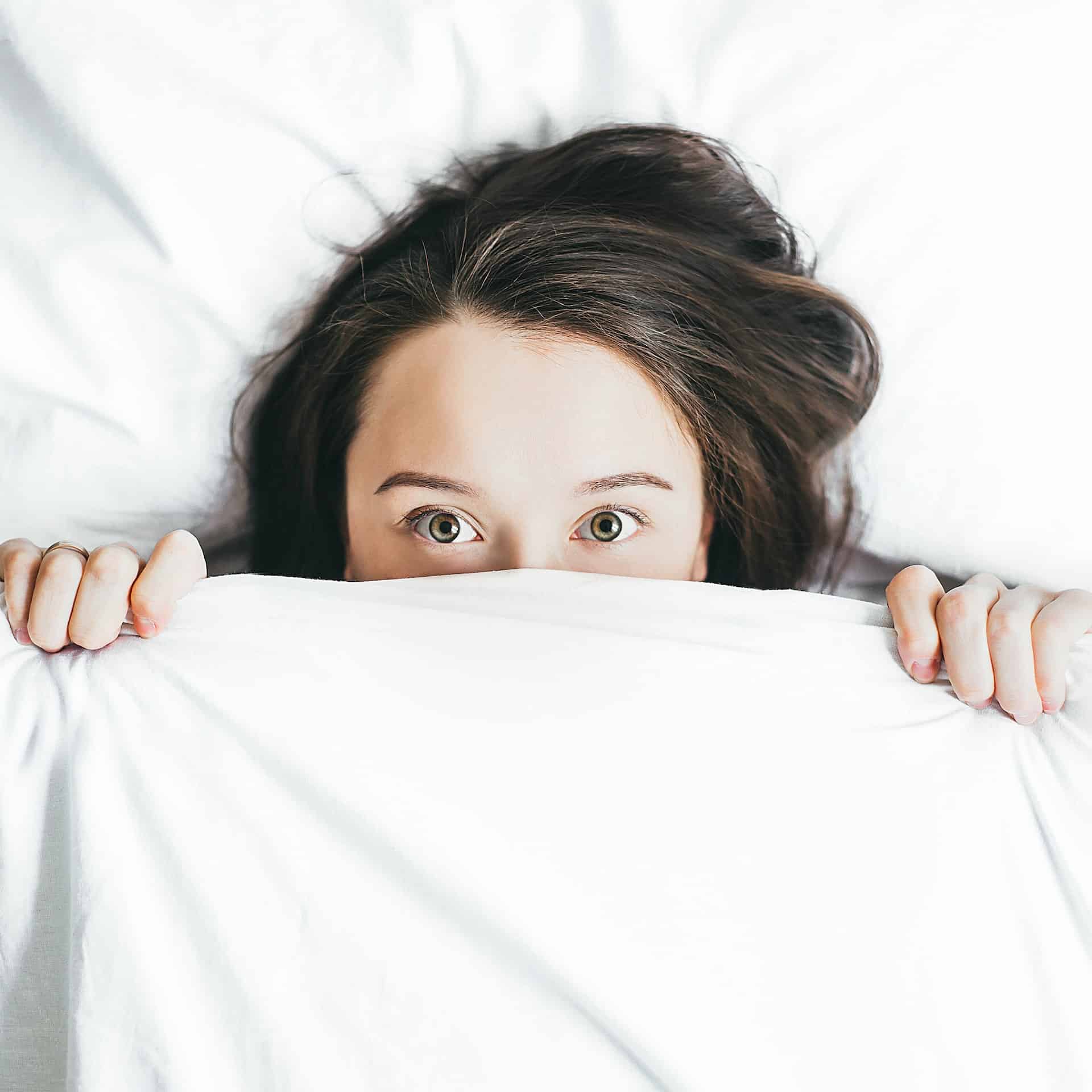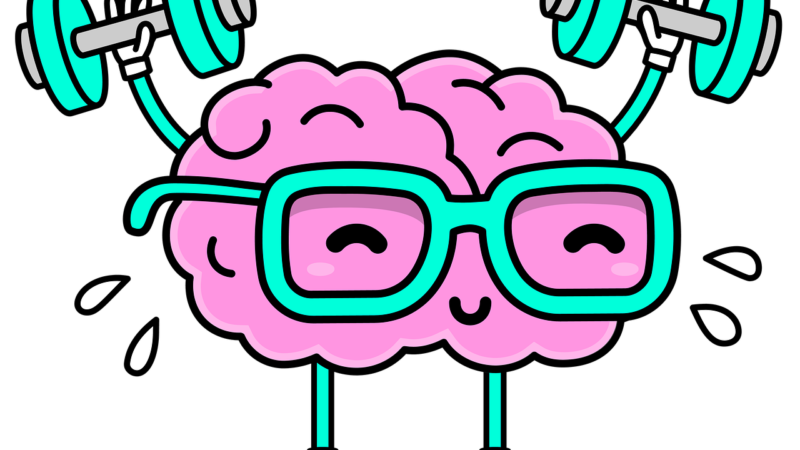For 99% of our existence we have slept in two parts, ‘first sleep’ and ‘second sleep’

Like many mammals, especially ones that have to stay alert to look out for predators during the night, humans were naturally biphasic or polyphasic (two sleeps or many sleeps). This allowed them to remain active at different times of day when they needed to hunt or defend themselves.
Throughout recorded history these two periods have been referred to as ‘first sleep’ and ‘second sleep’.
In medieval records, the period between the two sleeps was sometimes referred to as ‘the watch,’ a period of wakefulness, a time for quiet reflection, chatting, stoking the fire, or making love.
A doctor’s manual from 16th Century France even advised couples that the best time
The myth of the eight-hour sleep, Stephanie Hegarty
to conceive was not at the end of a long day’s labour but “after the first sleep”, when
“they have more enjoyment” and “do it better”.
BBC World Service, BBC News Magazine, 22 February 2012

An experiment by the National Institute of Mental Health showed that, without artificial light, participants naturally reverted to two periods of sleep, the hours in between showed brainwave measurements similar to the brainwaves of people who meditate.
Those of a philosophical disposition might use the watch as a peaceful moment to ruminate on life and ponder new ideas.
Zaria Gorvett, BBC, The forgotten medieval habit of ‘two sleeps’
There are over 500 Historical references to first sleep and second sleep
From Pliny the Elder, to Geffrey Chaucer, throughout history authors have mentioned first sleep and second sleep. Professor Roger Ekirch, a historian at Virginia Tech, unearthed more than 500 historical references to this divided sleeping pattern, which he said they mention as if it were common knowledge.
To go to rest, soon after it was eve;
For neither pale nor languid would she be,
Nor wear a weary look for men to see;
But slept her first deep sleep and then awoke.
For so much joy upon her heart there broke
…She called her mistress, sleeping there beside,
From The Canterbury Tales: The Squire’s Tale, Canace skips her second sleep and goes for a walk in the park
And said to her that she was pleased to rise
Old women like this governess are wise,
Or often so, and she replied anon,
And said: “My lady, where will you be gone
Thus early? For the folk are all at rest.”
“I will,” said she, “arise, for I’ve no zest
For longer sleep, and I will walk about.”
Artificial lighting put an end to biphasic sleeping
It was the advent of artificial lighting and the industrial revolution that led to the demise of our bi-modal sleep pattern. Street lighting (first introduced in Paris 1667) and, later, electric lights, allowed us to stay up later. Factories were built, with machines that needed to be kept going around the clock, and workers would have to work in shifts of 13 hours and sleep in shifts of eight hours. Our circadian rhythm changed as our ‘first sleep’ extended and the second sleep shrank away.
By the 19th century attitudes were changing. A medical journal in 1824 even encouraged parents to stop their children from taking their indulgent ‘second sleep’;
“If no disease or accident there intervene, they will need no further repose than that
obtained in their first sleep, which custom will have caused to terminate by itself just at
the usual hour.And then, if they turn upon their ear to take a second nap, they will be taught to look
Medical journal 1824
upon it as an intemperance not at all redounding to their credit.”
Experiments show that, without artificial light, we fall back into our biphasic patterns
Psychiatrist Thomas Wehr conducted an experiment in the 1992 where the number of hours participants were exposed to light was reduced from the average of 16 hours to just 10 hours. By week 4, all participants settled into the same regular sleeping pattern of two symmetrical periods of sleep of about 4 hours, with a period of 1-3 hours awake in between.
Results of a photoperiod experiment show that human sleep can be unconsolidated and polyphasic, like the sleep of other animals
In short photoperiods, human sleep is biphasic THOMAS A. WEHR
67%) of UK adults suffer from disrupted sleep
Insomnia may be caused by artificial light and artificial sleep patterns. Today most people have adapted to sleep in shifts of eight hours, but not everyone. Many still suffer from sleep problems.
According to a report in 2017 as many as 16 million adults in the UK are suffering from sleepless nights. Many sleeping problems may have roots in the human body’s natural preference for segmented sleep as well as the ubiquity of artificial light, including LED streetlights, laptops, mobiles and TV screens which extend our photoperiod (the period of time each day during which an organism receives illumination; day length.)
As many as 16 million UK adults* are suffering from sleepless nights, as a third (31%) say they have insomnia.
Sleepless cities revealed as one in three adults suffer from insomnia, 27 OCT 2017
Famous polyphasic people
Cristiano Ronaldo

Football legend Cristiano Ronaldo swears by his polyphasic technique; instead of one big sleep he takes 5 short naps of an hour and a half throughout the day.
Having a nap just gives you that little bit of a boost and it boosts reaction time and judgement by up to 17 percent. We know people’s reaction times and judgement improves after a nap
Dr Neil Stanley, sleep expert and author of ‘How to Sleep Well’
Thomas Edison

This big inventor was a big napper. Edison found that his best ideas came to him in that semi-lucid state just as he was falling asleep, so he would hold a ball in his hand and, when he nodded off, the ball would fall from his hand and wake him up, allowing him to jot down his ideas.
Leonardo Da Vinci

The medieval polymath who invented tanks and helicopters and painted the Mona Lisa took 20-minute naps every four hours.
Biphasic siestas improve mental performance
Biphasic siesta (sleeping once at night and once in the afternoon) is still common in many parts of the world and can help improve performance. In a study of 347 medical students at a Dental College in Pakistan, biphasic students performed better in their exams.
87% of biphasics passed their midterm exams, compared to 67.4% of monophasics. The study concluded that this was in agreement with scientific proof that sleeping in biphasic patterns improves brain functions.
Sleeping in two phases matches the body’s instinctive circadian rhythm, hormonal regulation and memory creation
SLEEP PATTERNS OF MEDICAL STUDENTS;
THEIR RELATIONSHIP WITH ACADEMIC PERFORMANCE: A
CROSS SECTIONAL SURVEY.
The Professional Medical Journal
Bonus fact: Google was invented in between Larry Page’s first and second sleep
Larry Page woke up in the night and invented Google. When he was university he had a strange dream about downloading the internet into computers. Between his first and second sleeps he got up to do some maths and realised it was possible to build a search engine that would use links to determine the importance of certain pages. He devoted the next few years to developing the revolutionary search engine known as Google.

Further reading:
Segmented Sleep in Preindustrial Societies, A. Roger Ekirch, PhD
Photo by Alexandra Gorn on Unsplash






